Back When the Mall Meant Everything
The first time Piqua tried anchoring its retail future indoors was in 1988. Miami Valley Centre Mall had department stores, a food court, and a sloped movie theater. JCPenney moved from downtown. Elder-Beerman opened strong. Hills followed.
In 2025, the shell still stands, but most of that lineup is gone. In its place: inflatable arcades, gravel-leveled theaters, and mixed-use lease plans.
Piqua Center, as it's now known, isn't shrinking. It's being broken apart and rearranged, store by store, square foot by square foot.
Retail Launch and Square Foot Strategies
The Miami Valley Centre Mall opened in 1988 at 987 East Ash Street, developed by The Mall Company.
It brought 1980s-era retail logic to a mid-sized city on the Great Miami River: pull anchor stores away from downtown, build around them, and keep everything under one roof.
The concept worked for a time.
J.C. Penney was among the first to move in. That store had operated in downtown Piqua since 1922.
Its relocation marked a clear shift in local commerce.
Elder-Beerman came in as another anchor. Hills filled out the trio.
Hills would eventually be replaced by Ames, a chain that took over several of the regional discount stores across Ohio.
The mall was built as a single-story structure, standard for the format, but with one outlier: the attached Comfort Inn, which rose five floors above the complex.
Cinema, fast food counters, and specialty shops filled out the rest.
Early tenants included national chains and some regional outfits.
The setup leaned heavily on department stores to drive foot traffic, a formula that worked across many towns like Piqua at the time.
For people looking for things to do in Piqua, Ohio, the mall was a practical stop.
The anchors brought them in. The rest tried to keep them there.

Tenant Turnover and Expansion Gambits (1999-2008)
The second wave of tenant changes started in 1999, when Sears relocated from the failing Piqua East Mall to Miami Valley Centre.
The shift wasn't smooth. Elder-Beerman filed a lawsuit, trying to block Sears from opening in the same complex, but the suit was dismissed.
By October of that year, Sears was operating as the fourth anchor.
That move underscored what the developers were trying to do, consolidate retail power under one roof as older shopping centers like Piqua East wound down.
Around that time, the mall added a Little Professor bookstore, filling a gap it had overlooked since opening.
Ames shut down in 2000 after corporate troubles. The space sat vacant until 2004, when Steve & Barry's opened there.
That same year, Quiznos and CJ Banks signed on, part of a modest round of leases aimed at broadening the mall's offerings.
Each was a small bet on foot traffic staying steady.
In retrospect, they were some of the last successful new entries tied to national brands.
In 2008, a larger shift occurred.
The original movie theater inside the mall closed and was replaced by a 25,700-square-foot Cinemark facility constructed just outside the building.
The footprint wasn't small. It hinted at what retail managers were already weighing: entertainment and experience as anchors.
By the end of that year, Steve & Barry's folded, leaving another large box vacant.
That space wouldn't stay empty forever, but at that point, the momentum had clearly slowed.
Anchor Closures and Property Handoff (2018-2023)
Retail attrition picked up pace starting in 2018.
On August 26, Elder-Beerman shuttered its location at the mall, a direct result of parent company The Bon-Ton's bankruptcy proceedings.
That store had anchored the mall for three decades.
Later that year, in November, Sears was back on a national closure list.
The company named 40 stores that it would close as part of a reorganization plan.
The Piqua location made that list. It closed in February 2019. At that point, only two original anchors remained.
JCPenney hung on until June 4, 2020, when it announced its exit.
This was part of a broader strategy to cut 154 stores nationwide.
The Piqua location closed by October, and Dunham's Sports became the only active anchor.
The property itself changed hands in March 2023. Kohan Retail Investment Group, known for acquiring declining malls, sold the asset.
The buyers were Bruns Construction Enterprises, based in Ohio, and Caspian Group, based in Minnesota.
The transaction included a name change: Miami Valley Centre Mall became Piqua Center.
No major remodels happened immediately, but plans began to surface.
Leasing, redevelopment options, and non-retail uses were discussed.
Piqua Center moved from a retail-dominant model to one structured around flexible commercial uses.
At that point, nearly all the anchors were gone, but the square footage remained available.
What mattered was who would move in, and why.

Redevelopment Metrics and Mixed-Use Conversion (2024-2025)
In early 2024, the new owners moved from concept to construction.
The layout for Piqua Center's redevelopment was detailed in square footage before anything else.
Business incubator space took the largest portion, 245,000 square feet marked for warehousing, e-commerce, and light industrial tenants.
RCS Construction and Glassco were among the first companies to lease space in that section.
Retail and boutique areas were allocated 192,000 square feet.
Dunham's Sports remained. American Freight, which had already been operating in the space, was retained.
A Do It Best hardware store and Las Marias, a Mexican restaurant, were announced as upcoming additions.
None of these were presented as anchors, but rather as stable occupants within a broader mix.
Entertainment and dining received 86,000 square feet.
The former in-line theater complex, long out of use, was rebuilt from the floor up, literally.
Crews filled the sloped auditorium floor with 100,000 tons of gravel to create level ground.
That space now houses Hero Day Action Park, a chain-based inflatable arcade and play area.
It features a mezzanine and a snack bar.
Elsewhere in the mall, Smile Back Training Center, a mixed martial arts gym, took up residence.
Renovations to the food court included plans for a glass-walled bar in the center.
Activity-focused concepts like a redemption arcade, axe throwing, or pickleball were being discussed for the same zone, though exact tenants had not yet been confirmed.
The site layout remained single-story, but there were talks of expanding usage beyond the original footprint.
Leasing Activity, Civic Input, and Expansion Talks
Piqua Center's redevelopment involved more than blueprints and square footage.
Bruns Construction Enterprises and Caspian Group brought in city officials and economic planners for feedback early in the process.
Open houses and planning sessions were held in 2024, some inside vacant retail units.
Attendees reviewed proposed layouts, tenant types, and renderings of potential additions like apartments and outdoor plazas.
No permits had been filed yet for residential units, but internal documents described a long-term interest in building apartments over unused parking lot areas.
Surface parking had always dominated the mall's footprint, and only a portion was being actively used since the early 2020s.
The location itself, just off Interstate 75 and near the junction with U.S. 36, gave the site consistent vehicle access.
That mattered for logistics tenants as much as for shoppers.
Real estate pitches leaned into that angle, offering warehousing tenants short access to regional freight corridors.
The center's revised floor plan removed the traditional anchor-store perimeter model.
Instead, it prioritized inward-facing, multi-purpose units.
Tenants no longer needed to fill 80,000 square feet.
That shift opened the door for startups and smaller operators, which reflected the mixed-use language now baked into the property's messaging.
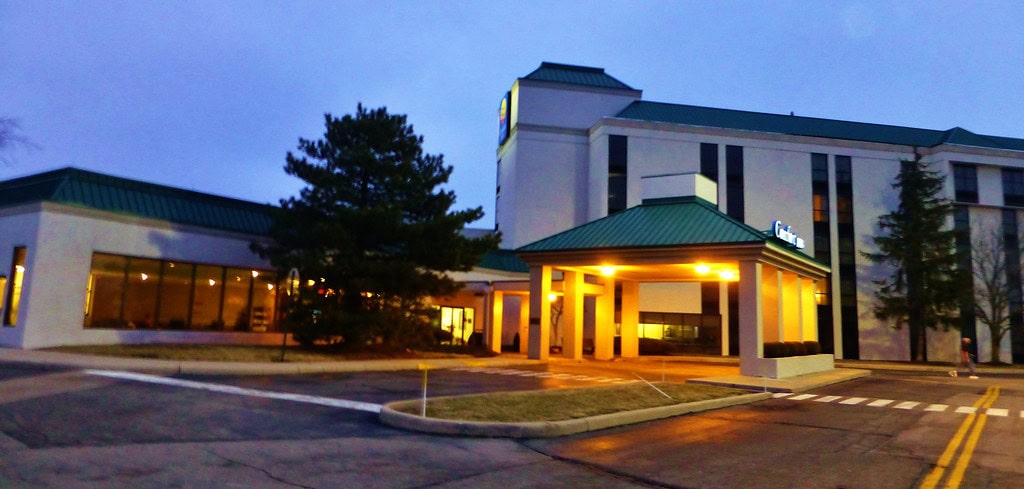
🍀

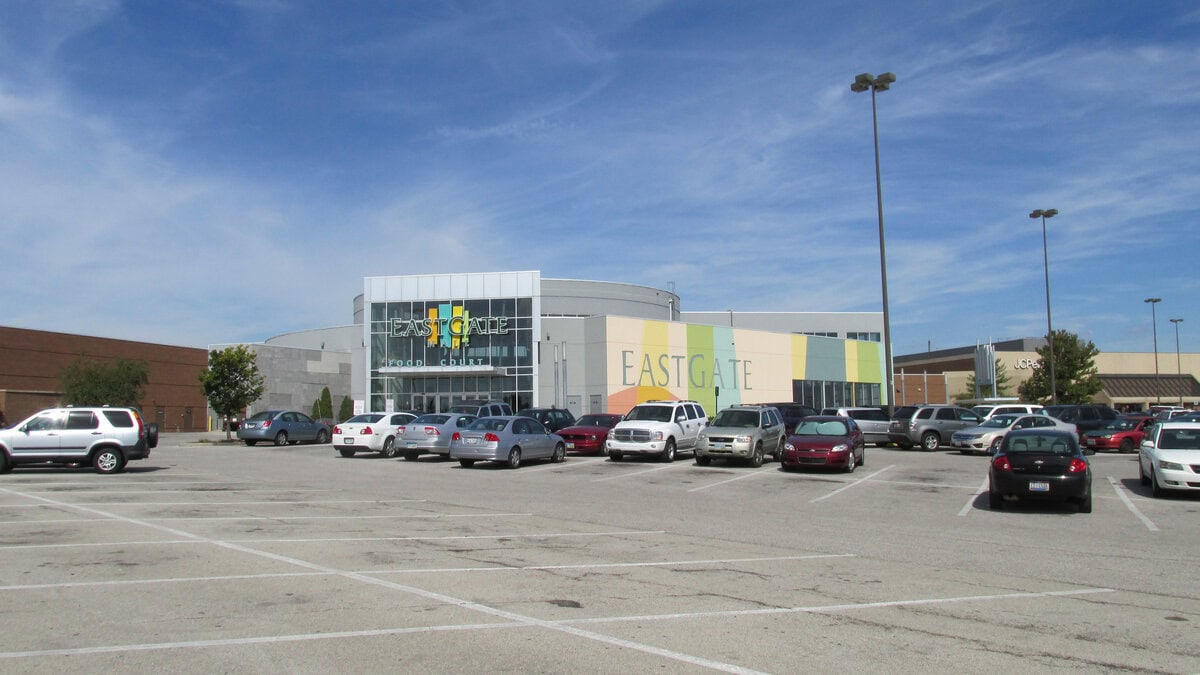
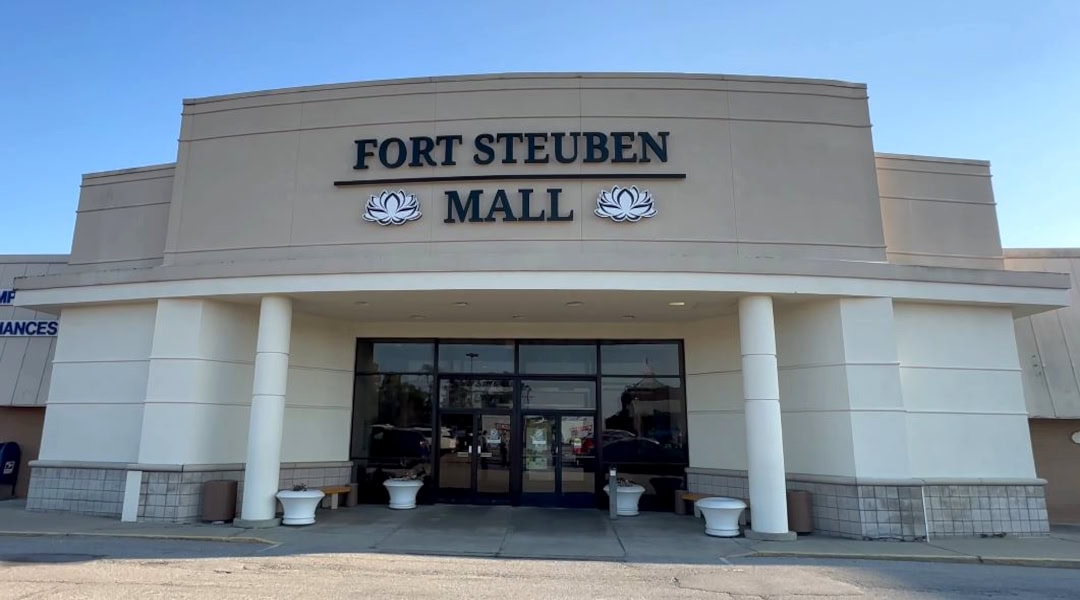
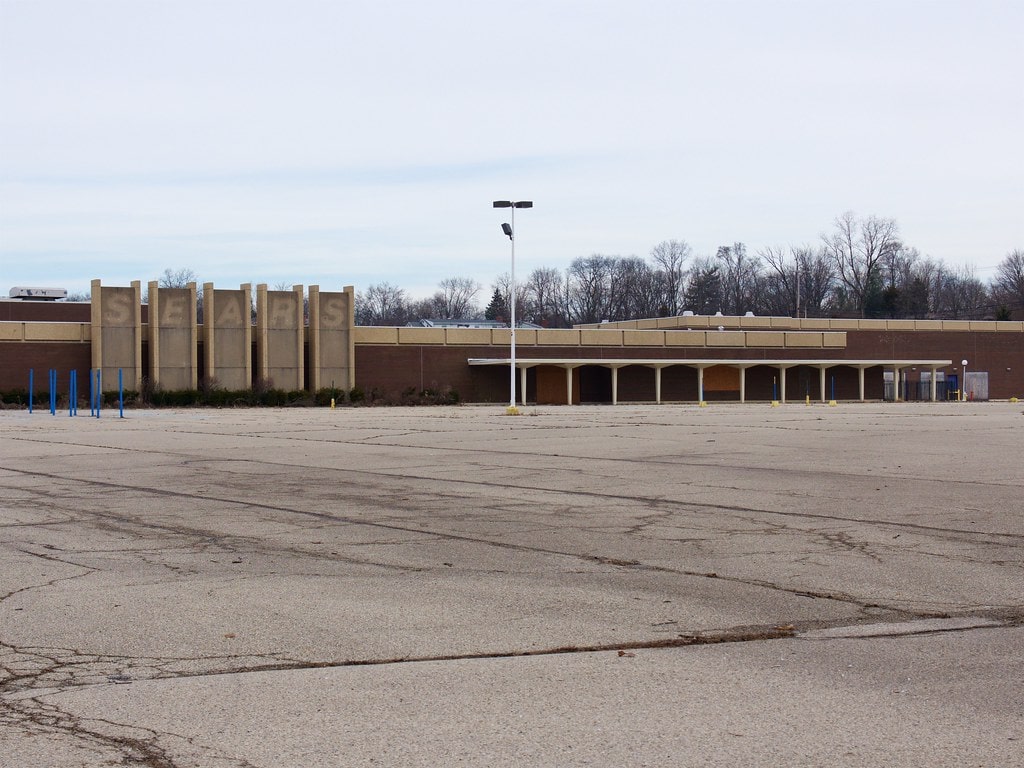

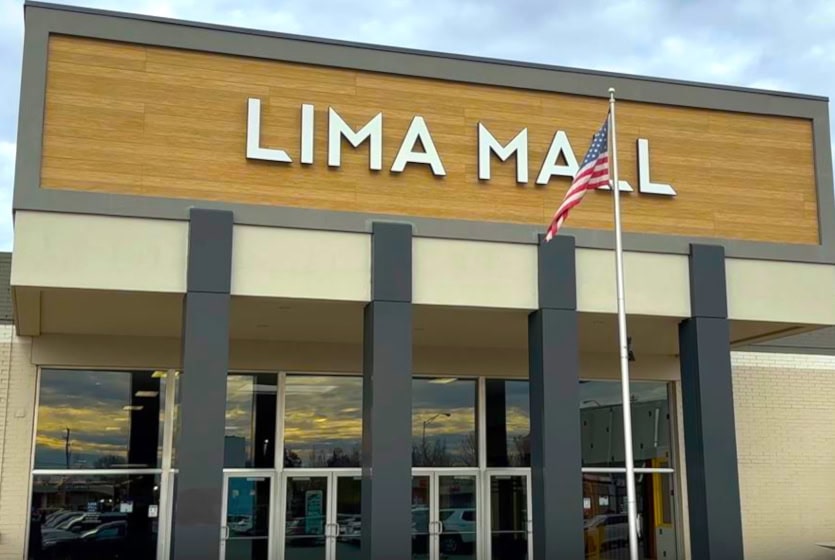
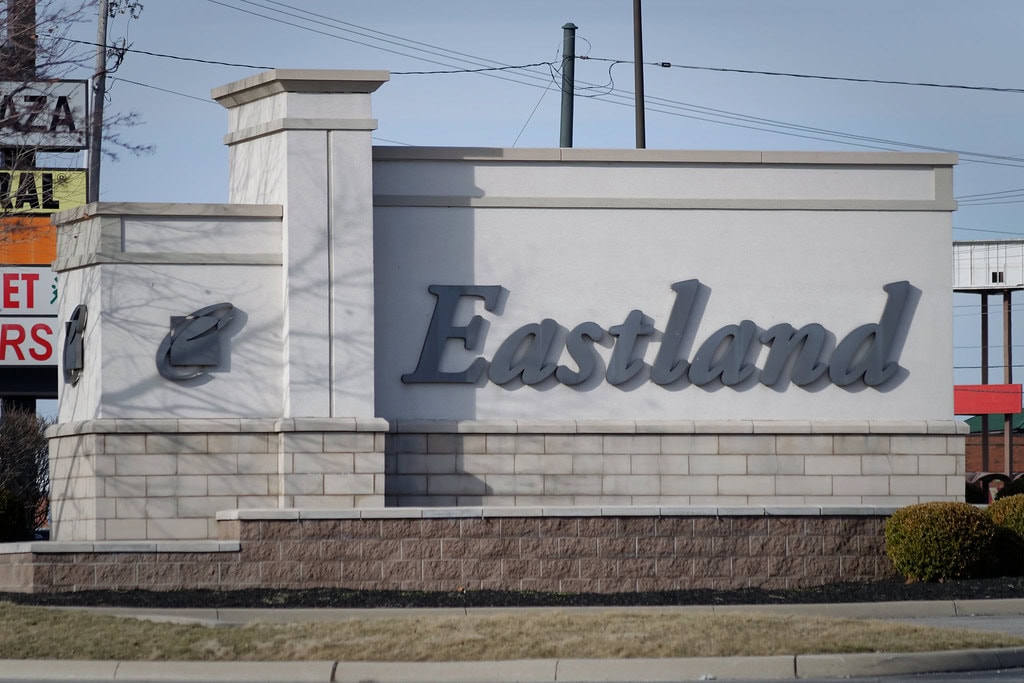
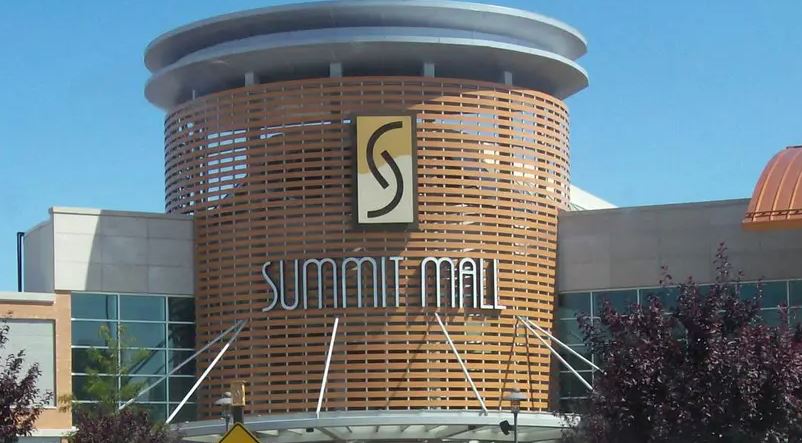
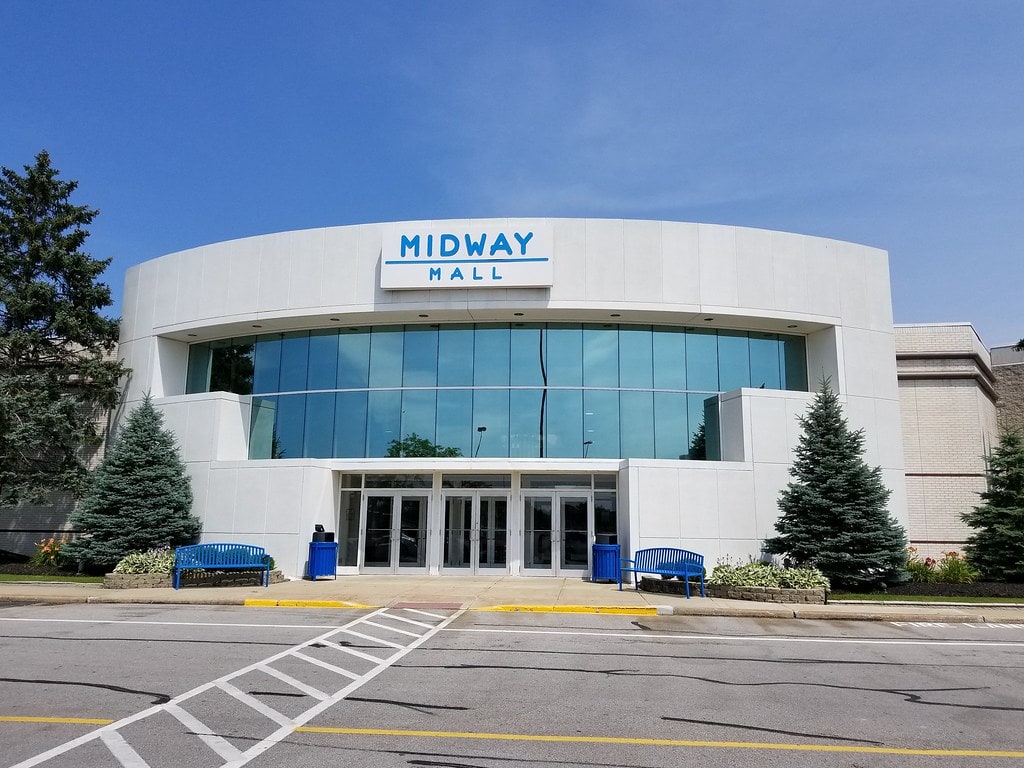
in the Piqua Mall please give us a real food court again. We had the best Pizza place please look it up they need to come back. We had Charly's I think it was great steak subs the best fries chicken subs and etc. We had cookie place don't remember what it was called but it needs to come back. We need a small Chinese place. Someplace place that sells burgers and fries. Real ones not McDonalds or burger King and etc. We had Hershey's ice cream. Lots of us miss the food court so bad. Bring it Back Please. I don't like the sound of the bar. Just what we need another place for people to get drunk and cause trouble. That will turn a lot of people away and they won't want there kids around it either. Thankyou for letting me have my say.
Stephanie
Stephanie, you've painted a very specific picture - not of a generic food court, but one tied to names, smells, and flavors that people still carry with them. That history matters.